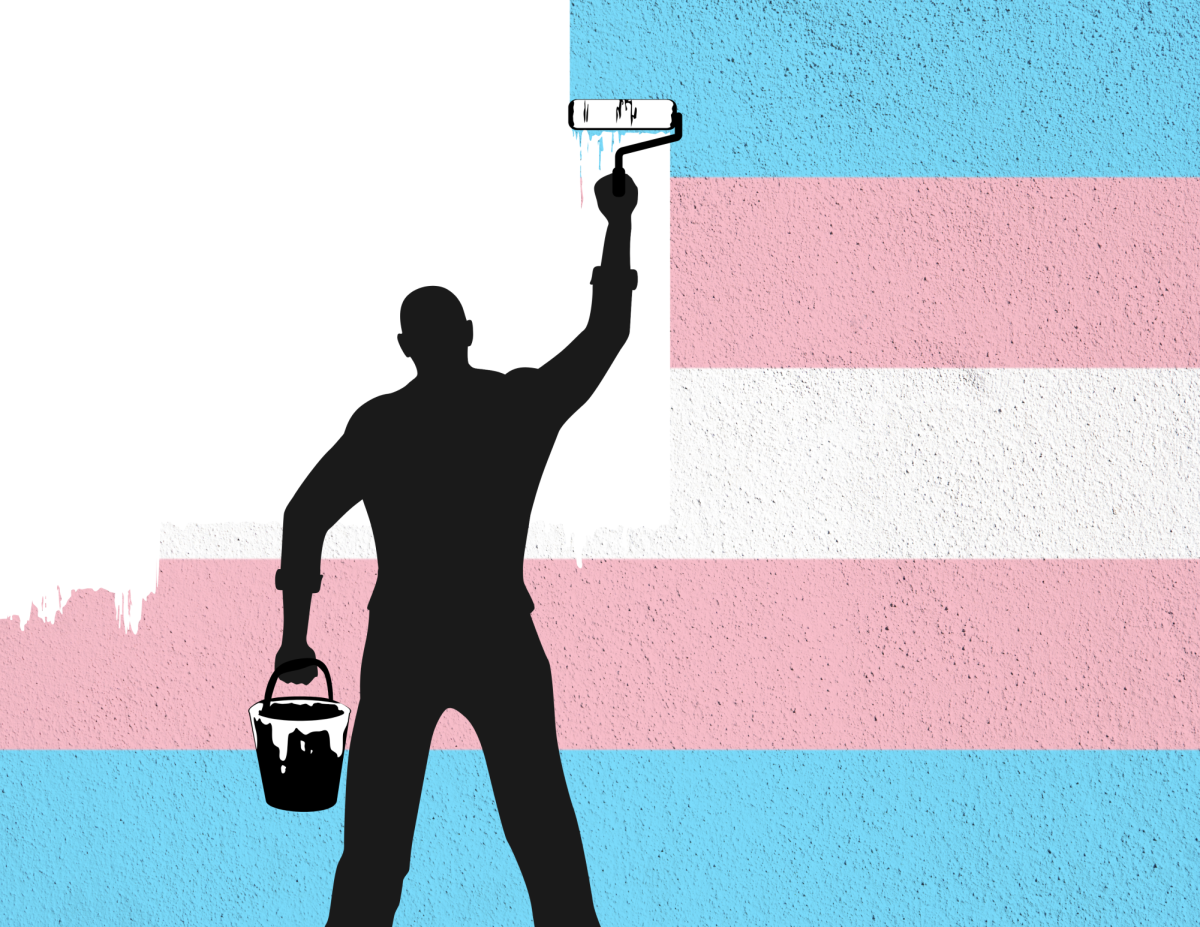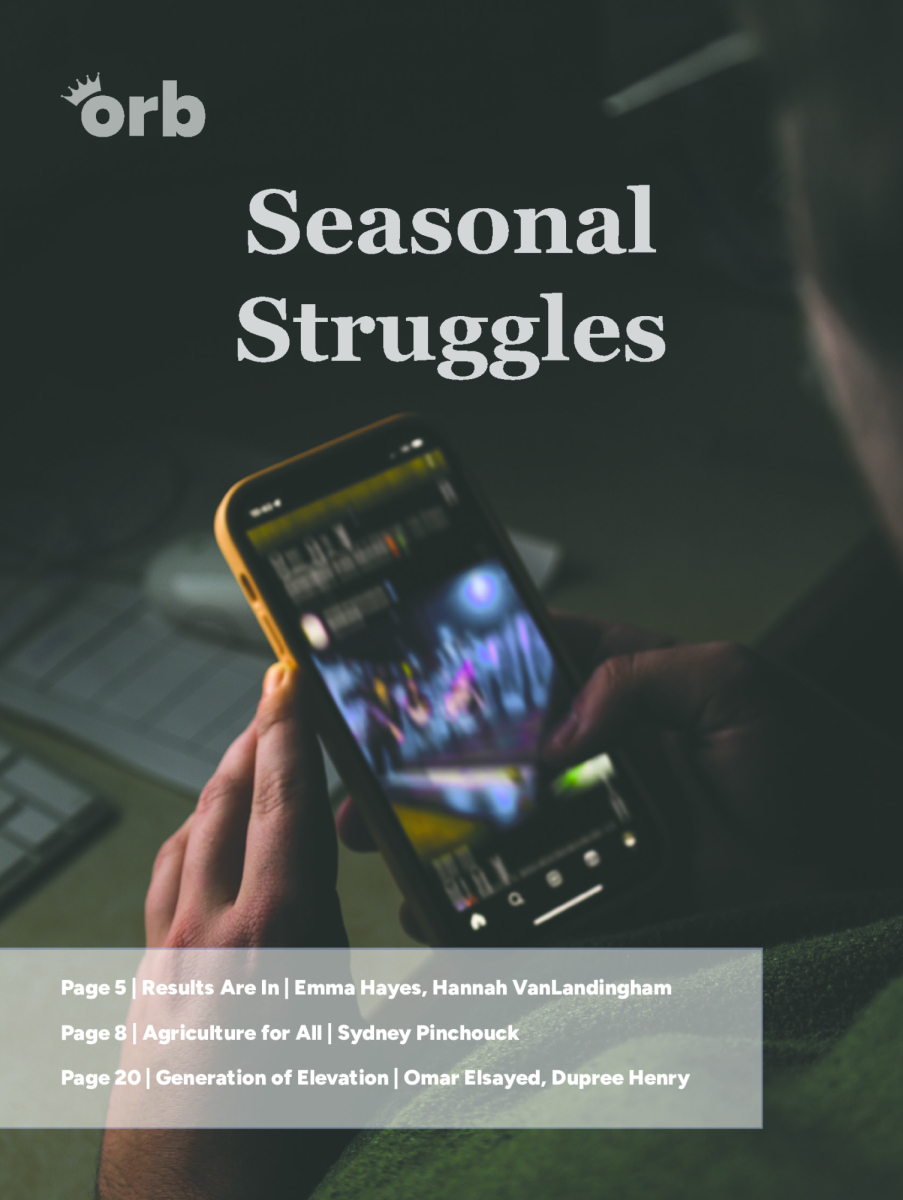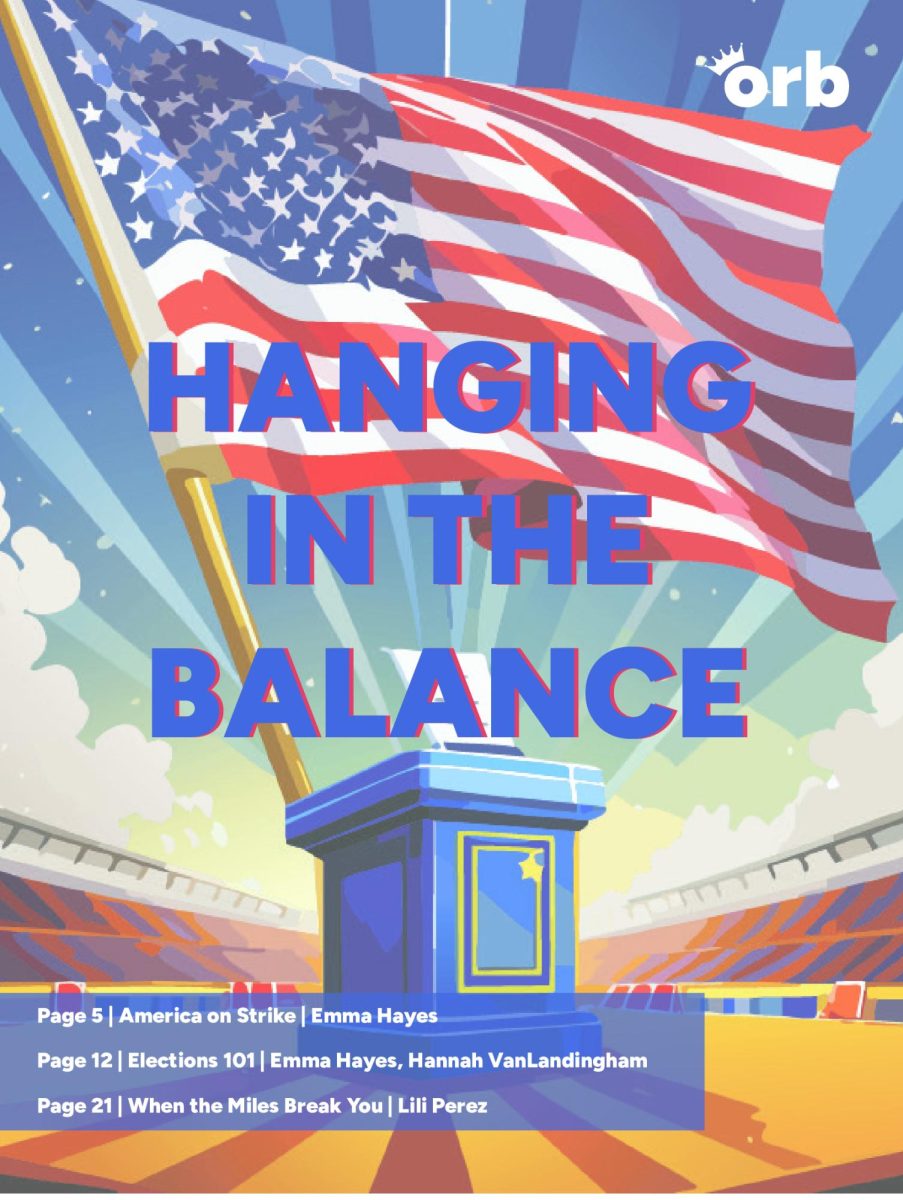While schools give lessons and lectures on cyberbullying, in order to protect students from abusing power on the internet, new research has brought people awareness to a new phenomenon, known as self-cyberbullying. In this case, a person would create a fake account or use an alternate IP address in order to bully themselves from a false source, giving the appearance of a real bully. Professionals equate this to cyber self-harm, and many of the warning signs and emotions are similar to the causes of physical self-harm. Some of the indicators for students who are prone to self-cyberbullying include; feeling lonely, depressed, avoidance of feelings or survivors of abuse.
“Adolescents who have created a reasonably successful social identity may have no outlet for their anxiety or depression, for abuses they are suffering at home, or for relentless self-judgments,” Dr. Laura Martocci said. “Too much is at stake, socially, for them to express these emotions to peers, who may think them freaky or uncool, so they manage their feelings by foisting them onto a cyber alter-ego.”
These online abuses are also a cry for help, but difficulty unmasking the alternate identities makes it difficult for people close to the victim to understand the truth. This behavior seeks attention towards themselves, in order to have the opportunity to reveal the emotions they are feeling in terms that make sense to them. While this may seem like an uncommon scenario, studies show that about one out of 20 teenagers participates in some form of self-cyberbullying, and a separate report polling 600 college freshman, one out of 10 admitting to abusing themselves online.
“Last week, it was revealed that the number of self-harmers under 18 admitted to A&E departments and diagnosed with a mental disorder has grown from 7,000 in 2010-11 to almost 15,000 in 2014-15,” The Telegraph said. “Almost half of 10 to 18-year-olds say social media companies don’t take bullying seriously enough.”
While some people may think that this is a trivial problem, brought on by the victim themselves, the underlying attitudes and mental health markers are alarming to psychologists. They hope that it will become easier to identify instances of self-cyberbullying in order to combat the issue.
“Cyber self-harm is clearly a cry for help, and there are professional responses to this behavior,” Martocci said. “Unfortunately, the cry is exceedingly difficult to hear.”






























